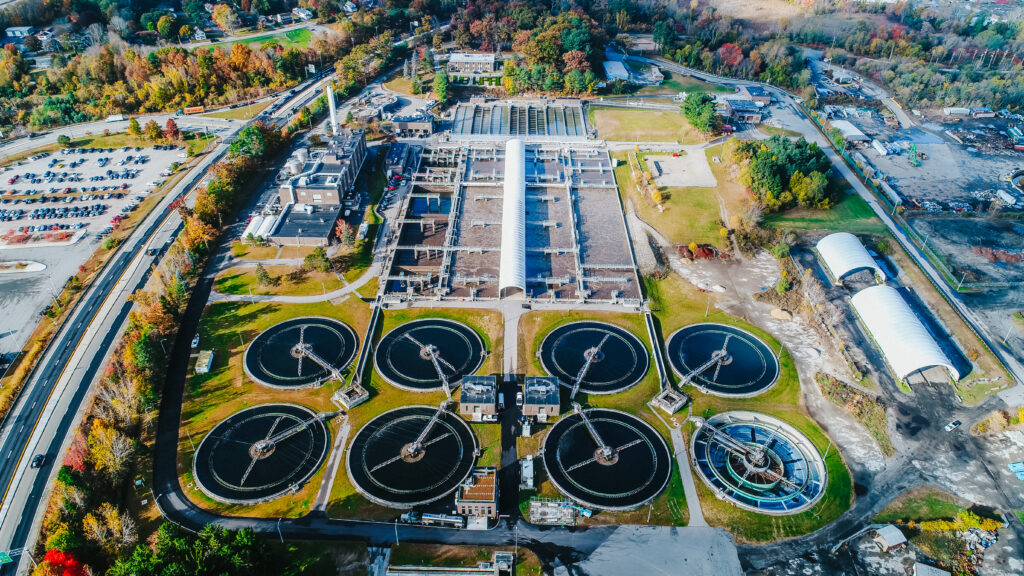Author: Alexis Gee
Water reuse is rapidly emerging as a crucial solution to address water scarcity and promote sustainable water management practices worldwide. While wastewater treatment plants have long been associated with sewage treatment, an underlying role often goes unnoticed; these plants are pivotal water recycling facilities.
MWH has a noble reputation as a leading global construction firm that specializes in water infrastructure and delivers innovative water reuse projects. Our commitment to providing resilient, dependable, and high-quality water sources has earned our firm a distinguished reputation in the industry. To get the complete picture of MWH’s impact on the rise of water reuse, we sat down with two MWH subject matter experts: Dr. Marco Aieta, a seasoned MWH alumni currently serving as Senior Consultant, and Kiersten Lee, PE, Vice President and Director of the Construction Services Group.
Paving the Way for Modern-Day Water Reuse
MWH’s 200-year-old roots are deeply intertwined with water reuse. At the turn of the 20th century, John D. Watson, the source of the “W” in MWH, was a pioneer in the development of sewage purification. He also constructed the first large percolating filter plant, an innovative departure from age-old methods of land treatment. Then, in the early 1980s, James M. Montgomery, Inc., one of MWH’s founding firms, spearheaded the US Army Corps of Engineers’ Potomac Estuary experimental water treatment plant project. The project investigated the use of the Potomac River Estuary as a supplemental water supply source for the Metropolitan Washington Area. Despite the estuary’s contamination concerns during severe droughts, the study confirmed that the process combinations monitored were technically feasible for producing water acceptable for human consumption.
Thirty years later, MWH developed, designed, and constructed the US’s first semiconductor water reuse facility for a global manufacturing client. The $417M project addressed the client’s need for additional pre-treatment of industrial wastewater before its discharge to the municipal sewer system. Now operational, the facility includes advanced water treatment and reuse systems that enable the reclamation of the treated effluent, reducing the client’s need for potable water and making it available for use on-site. Recycled water is vital for manufacturing plants like this due to their immense water requirements for cooling towers, chillers, and scrubbers. By recycling and reusing water, semiconductor manufacturers are making significant strides toward becoming more environmentally conscious.

Redefining Reuse
Clean potable water is not usually the first thing to come to mind when thinking of wastewater treatment plants. In fact, most people shudder at the idea of treated wastewater ending up in their water supply. However, those concerns can be quelled by understanding the treatment process and the importance of reusing or recycling water.
Dr. Aieta illustrated the concept: “Imagine two cities are geographically linked by their connection to a river system. One city’s municipal wastewater treatment plant is upstream and discharges clean, treated water into the river, while the other city’s water treatment plant is downstream, with an intake from the same river, which it then treats and distributes to its customers–that’s reuse.”
Building on Dr. Aieta’s explanation, Kiersten Lee agreed, “In 99 percent of cases, the water discharged into streams by wastewater plants is actually cleaner than the existing watershed due to the stringent environmental regulations they must adhere to. Potable reuse is already happening. People need to understand that the water coming out of the tap is safe and way more regulated than what’s in bottled water.”
The Riverside Park Water Reclamation Facility in Spokane, WA, is an excellent example of this concept. MWH and Slayden completed significant upgrades to this facility in 2021, adding a new membrane filtration system that significantly reduces phosphorus and other pollutants, commonly referred to as the Next Level of Treatment. This greatly improved the quality of effluent released to the Spokane River. The Riverside facility now recycles nearly 34 million gallons of wastewater a day and returns clean water to the Spokane River.
These facilities play a vital role in the future of humanity, especially as water scarcity and fossil fuel depletion become more and more prevalent. Knowing this, municipalities across the US have been rebranding their wastewater treatment plants as “resource recovery” or “water reuse” facilities for over a decade. The public perception of reusing treated water for potable and non-potable uses is one of the top reasons for this major rebranding, but the valuable resources that these facilities generate are just as important. Lee explained that “water is just one resource that you can recover. For example, the intent of one of our major Solids Management projects in Texas is to capture and create energy from methane gas…essentially, waste is getting reduced to a point where energy can actually be created from it. To me, that’s very cool!”
The San Francisco Public Utilities Commission’s Southeast Treatment Plant Biosolids Digester Facilities project also focuses on resource recovery. As the Construction Manager/General Contractor for this $1.78B project, MWH is installing an innovative process that turns wastewater sludge into Class A Biosolids, which can be used as fertilizer. This transformation of waste into something with utility bridges the gap between traditional treatment and innovative reuse.
Water Reuse: An Essential Tool
Water reuse, or water recycling, is the process of intentionally capturing wastewater, stormwater, saltwater, or graywater and appropriately cleaning it for designated beneficial purposes, including drinking, watershed restoration, industrial processes, and surface or groundwater replenishment.
MWH has been a champion for the responsible management and reuse of water for over 200 years. With an ethos of environmental sustainability and community stewardship, MWH has been instrumental in furthering the progress and adoption of water reuse for both public municipal and private semiconductor fab projects. Semiconductor clients utilize fresh and reclaimed water, drawing from utilities, on-site wells, and even desalination processes in coastal regions. These clients reduce freshwater consumption and enhance overall sustainability by maximizing water reuse and conservation efforts.
Speaking about the semiconductor industry’s focus on water reuse and building zero liquid discharge facilities, Lee stated, “Water reuse is important for global manufacturers as well as the communities where their factories are based due to the tremendous impact on local water sources. These large companies are taking a more environmentally sustainable approach because they know how much water they need and care about the water they discharge.”
Lee continued, “People usually think that industrial water reuse plants are so chemical-heavy, and they’re just all advanced treatment processes. The cool thing is that’s just not the case.” Each treatment facility is unique, but for many of MWH’s semiconductor fab projects, a combination of traditional and advanced treatment processes is utilized. “The MWH team actually proposed the idea to utilize a biological process called a BNR, or biological nutrient removal, at the first semiconductor reuse facility in the US. There are nuances to it, but to put it simply, there’s a basin with organisms that actively remove critical constituents, like nitrogen and phosphorous, but for that project, it was ammonia.”
Innovative Technologies
MWH has been a pioneer in adopting cutting-edge technologies to advance water reuse projects. We have partnered with Cambi, the world leader in thermal hydrolysis for wastewater treatment, to introduce the Cambi Thermal Hydrolysis Process (Cambi THP™) to our wastewater treatment clients. The use of Cambi THP™ enables higher-quality biosolids production and better odor control.
Currently, the MWH-Webcor team is installing the Cambi THP as part of the $1.78B Southeast Treatment Plant Biosolids Digester Facilities project in San Francisco, CA. MWH’s completion of the project will significantly reduce the overall volume of biosolids produced, enhance the diversification of end uses for the biosolids, and ensure the plant meets the community’s needs for years to come.
The Never-Ending Cycle
“The real story is: it’s all water. It begins as rain, ends up as seawater, and eventually cycles back to rain. In between that timeframe, humans use and contaminate it and subsequently make efforts to purify it before it reintegrates into the natural cycle,” Dr. Aieta noted. “If we do a good job of that, we don’t damage the natural system. We can recycle the water and live in harmony with nature. But, if we don’t do a good job of that, it leads to detrimental outcomes. All of these systems are tied together if you think about it.”
MWH’s long-standing dedication to water reuse demonstrates our commitment to promoting sustainable water management practices, and our innovative projects and collaborations with industry leaders signify a promising future for water reuse initiatives. As water scarcity continues to be a pressing global issue, MWH’s expertise will be pivotal in securing a reliable and sustainable water supply for communities and industries worldwide.


